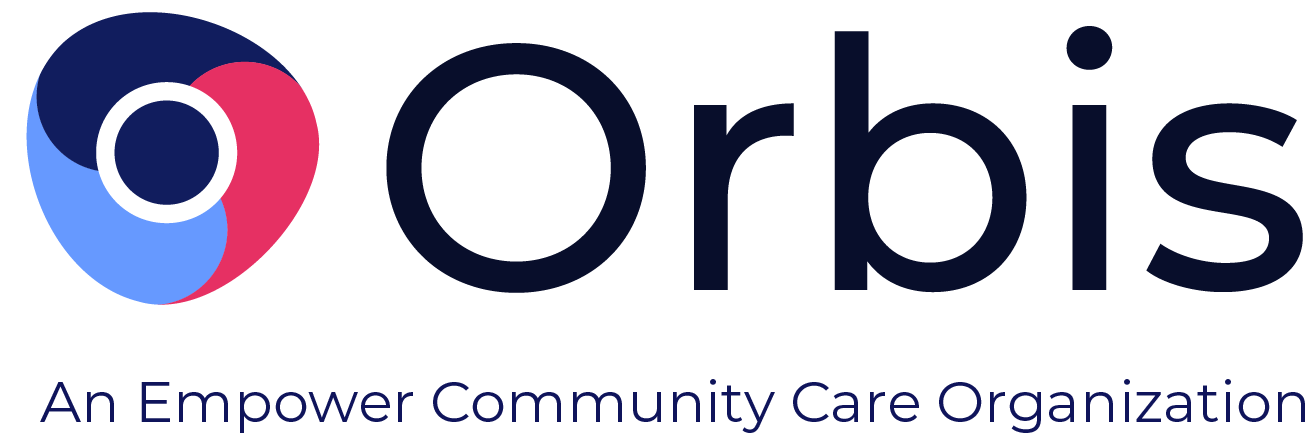What is a Status Offense?
Violating curfew, running away from home, or skipping school may not be good choices, but are they actions that should land a minor in the justice system?
These actions are considered status offenses. A status offense is a noncriminal act that is considered a law violation only because of a youth's status as a minor. They can include:
- Truancy: excessive unexcused school day absences. The term “excessive” varies by school district and being tardy too often may also count as truancy.
- Running away: when a minor leaves home without permission from a parent or guardian, they are termed a runaway. Even if a child is thrown out of their house, they can be considered a runaway if the law so chooses.
- Ungovernability: a catch-all term used for kids who repeatedly defy the rules given to them by parents, legal custodians, teachers, or guardians. Ungovernable behavior or unruliness includes many other offenses.
- Underage drinking: defined as consuming alcohol by those under a certain age (dependent on country). It depends on the state/province, but underage drinking can either be a status offense or a delinquency act.
- Curfew Violations: kids under a certain age who are out and about during specific hours can be charged with curfew violations. The guidelines vary, but generally, this offense is more likely to occur in communities that have noise ordinances or where there are pockets of delinquent activity.
The Reason Behind the Offenses
Minor status infractions are often due to typical teenage behavior, but they can extend to a youth’s underlying problem. When schools, communities, and parents feel they have no other alternatives, they tend to turn to police action and the juvenile justice system instead of unveiling these deeply rooted problems.
Penalties for status offenses vary from state to state. Usual penalties can include suspending the juvenile’s driver’s license, required fines or restitution, putting the justice-involved youth in a foster or group home, or ordering counseling and enrollment in after-school education programs. Though some penalties are harsher than others, the effect of having an offense on one’s record is still devastating.
Trends in Status Offenses
Over 50 years ago, the juvenile justice system initially handled status offenses, and strict punishment was administered. In the 1970s, states began to view status offenses as warning signals that an adolescent needed supervision or other types of assistance to avoid recidivism. How true this still is! Research proves that status offenses often lead to later delinquency.
In 1974, the Federal Juvenile Delinquency Act deinstitutionalized status offenses. Prosecutors now could remove status offense cases from juvenile court and turn them toward other agencies that would provide services to at-risk juveniles. Currently, states call status offenders “children or juveniles in need of supervision, services, or care.”
States tend to refer a child who commits a status offense to the state’s child welfare agency before incarcerating or detaining at-risk kids. The agency may begin the use of residential placement for high-risk youth, community-based programs, and state-sponsored or private therapy programs. More states are enlisting the services of probation officers and social workers.
However, if these programs fail to fix the problem, an offending teen will be referred to juvenile court. Once placed in the court system, at-risk youth will be “watched,” and any infraction could land them in a detention center.
A Youth Screening Tool Can Help Recidivism
It is extremely important to make sure a status offender is screened for risks, needs, and strengths and then referred to programs or treatments with proven results. One youth screening tool that can help recidivism is Orbis Partner’s Youth Assessment and Screening Instrument (YASI). Orbis Partners assesses and minimizes risk among justice-involved youth. YASI, an innovative juvenile risk assessment tool that measures risk, needs, and protective factors (strengths) in at-risk and juvenile justice-involved youth, can help professionals in many areas understand the numerous factors that cause teens to struggle, get into trouble, or offend, and determine areas of needs, such as intervention strategies. Through the casework process, professionals can help give youth resources and find suitable programs they need to succeed and to thrive in the future.
Orbis Partners provides solutions for criminal justice and human services systems, specializing in designing and implementing services for at-risk client groups. Orbis’ risk/needs assessment tools for youth are designed to guide the casework process by incorporating an individual’s unique set of needs. For more information about assessments related to at-risk youth, visit our Assessments page by clicking here.


